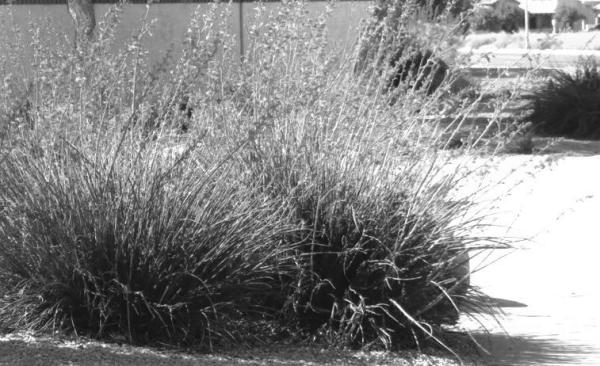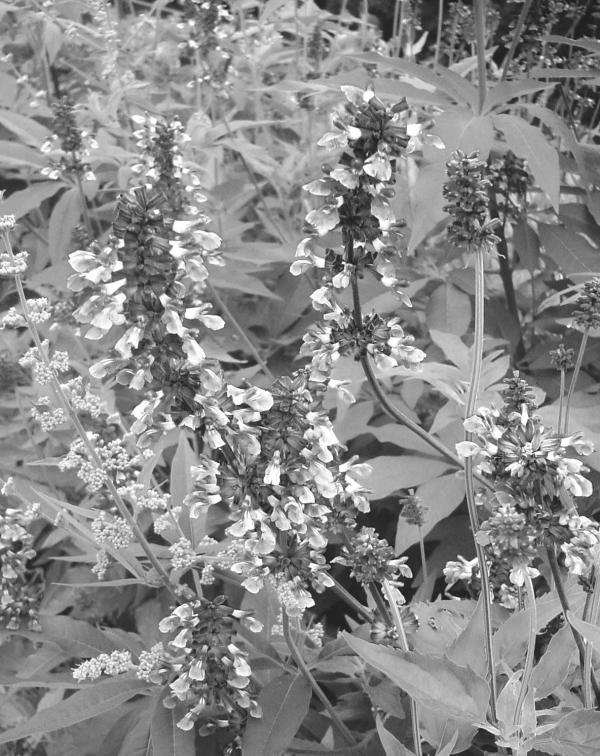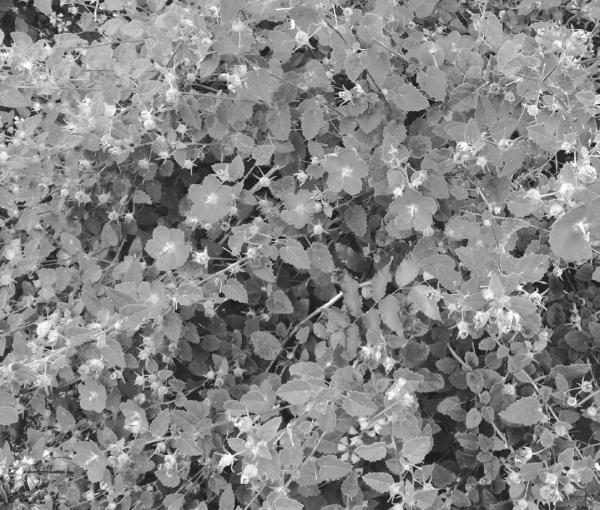Native perennials a hardy addition to landscapes
As the dog days of summer are upon us, there is little we can do in our perennial gardens except struggle to keep them alive with so much heat and so little water. However, August is a good time to trim back plants that have stopped blooming. If the perennials are cut back a few inches or one quarter of their size, they will bloom again in September and October. If plants are still blooming, cut off the spent blossoms to encourage more flowering.
Maybe the best activity for these hot, hot days is to dream and plan for next year’s landscape improvements. A great source for hardy, pest- and disease- resistant plants is the Texas Superstar catalog. These plants have been researched and proven to do well all over Texas. In fact, three of the most reliable Superstar perennials are also native to our part of Texas which includes the Edwards Plateau to the west and the Blackland Prairie to the east. That means that they will thrive in our soil and heat. Three great examples of native, hardy perennials for our area are Henry Duelberg salvia (mealy blue sage), rock rose (Texas mallow) and red yucca.
Henry Duelberg salvia (Salvia farinacea) is native to both the Edwards Plateau and the Blackland Prairie. It produces dark blue or purple flowers from early April through the end of September provided spent blooms are removed. It requires very little water and is disease resistant. It will naturalize and fill an area over a period of years. Bees and butterflies love it, and deer don’t eat it.
The rock rose (Pavonia lasiopetala) is native to the Blackland Prairie but also performs well in the Edwards Plateau. It has small pink, hibiscus-like flowers which are attractive to pollinators. It blooms May to September and can be grown in containers as well as in- ground.
Finally, the red yucca (Hesperaloe parviflora) is also native to our area. Because it is a succulent, it requires very little water. Through spring, summer and early fall, its red flowers add color to full-sun areas of the garden. It will remain green all year barring another snowpocalypse. Deer will sometime munch on the blossoms but will not eat the foliage.
We can dream and plan now, as late October and early November is a great time to plant new perennials. They will need to be watered occasionally if there is no rain, but they will establish a fairly good root system over the fall and winter. This translates to an easier first summer.
To find the complete catalog of Texas Superstar plants search “2023 Texas Superstar Brochure,” a Texas Department of Agriculture, Go Texan publication.




